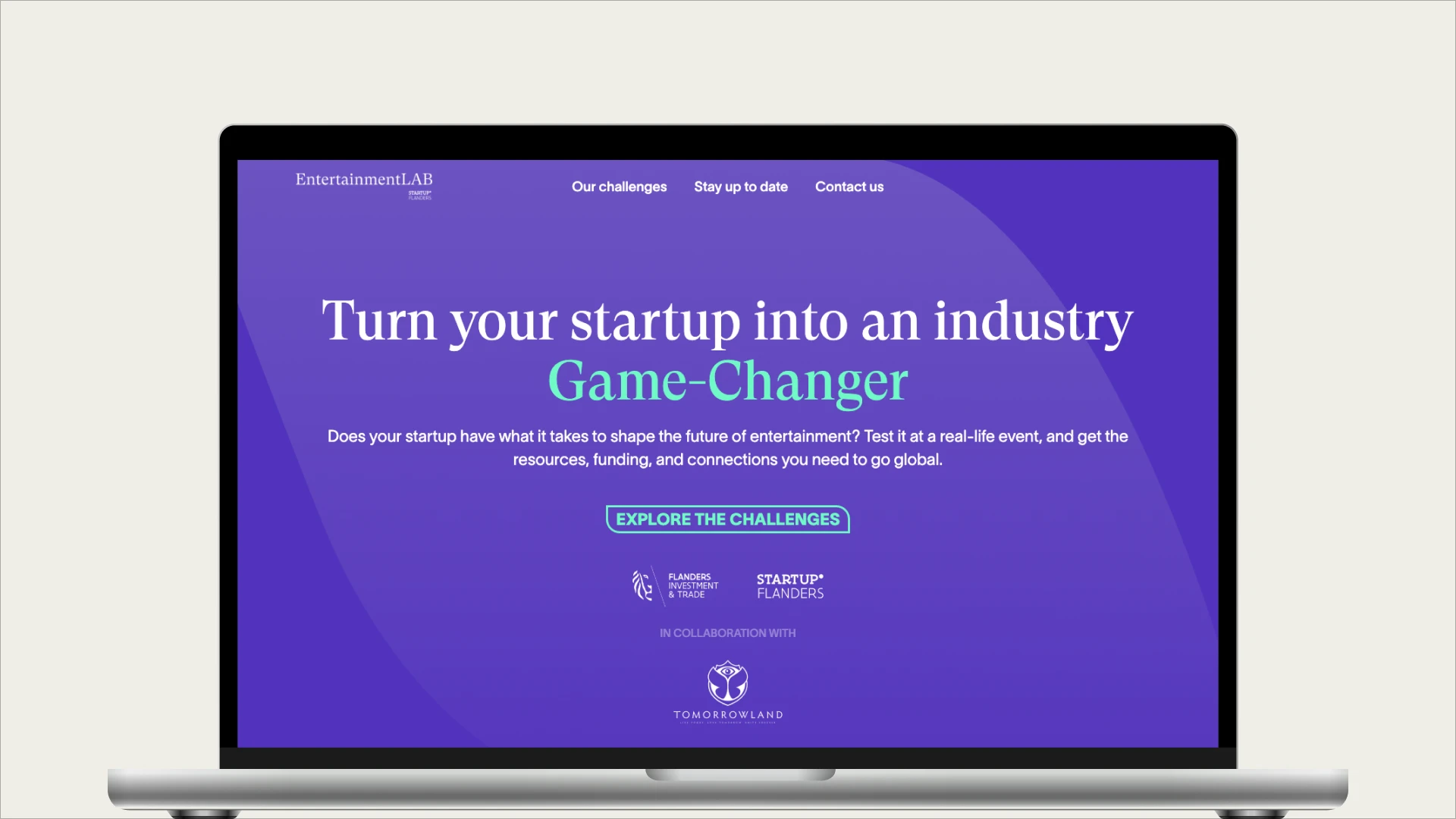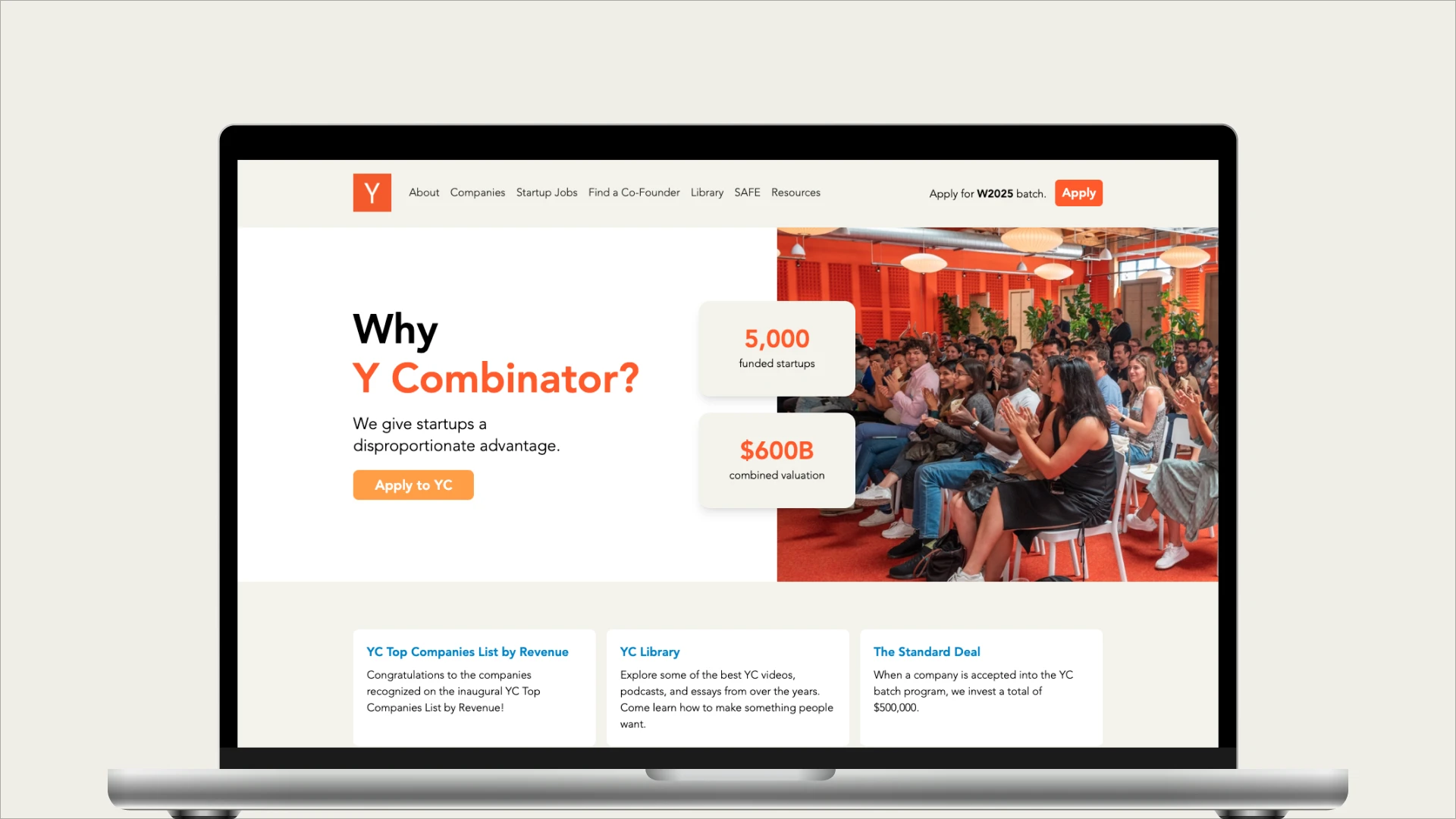Key takeaways
In today’s highly digitised, fast-moving and increasingly competitive landscape, being the first to seize new growth opportunities provides a crucial edge, and one of the most effective ways to achieve that goal is through open innovation.
Companies like Google, Bosch, and Unilever have successfully adopted the open innovation model, tapping into the external ecosystem to access new technologies, business models and offerings at startup speed. By partnering with startups, these companies have become better equipped to navigate uncertainties, meet shifting customer demand, operate sustainability, and boost profits (just to name a few of the potential benefits).
Corporate accelerators are an important tool for open innovation, providing a structured way for companies to:
- Scout, engage and partner with promising startups
- Diversity and boost their capabilities
- Create a culture of entrepreneurship
To help you find which type of accelerator is right for you, we’ve outlined the four most common models below. But first, let’s kick things off with a bit of context.
What is a corporate accelerator?
Corporate accelerators are partnership programs that enable companies to tap into the external startup ecosystem and boost innovation through partnerships and collaborations. Unlike incubators, which turn ideas into businesses, accelerators are the next step in the process, helping startups “accelerate” their growth and scale their existing business models.
While acceleration programs vary from company to company, they usually support startups by providing them with access to mentoring, expertise, networking opportunities, and funding—all crucial resources to speed up the scaling process.
Think of corporate accelerators as a tool for open innovation. While open innovation opens the door to external collaboration, corporate accelerators help integrate this external entrepreneurial mindset into the core of the corporation through a structured and ongoing program.
Now that we’ve covered the basics, let’s explore the 4 types of corporate accelerators and how they work.
Accelerator type 1: Close to Core
Venture stage focus: Scale-ups
Parent company connection: Direct
Proximity to parent company industry: Strong
Close to core accelerators focus on startups with technologies or business models that can be directly integrated into the parent company's main operations. They aim to strengthen the core business by improving existing products, processes, or services.
Example: EntertainmentLAB

Parent companies: Startup.Flanders, in collaboration with Tomorrowland
What it does: POC development and corporate pairing
EntertainmentLAB is a 5-month acceleration program focused on tech-driven startups with the potential to shape the future of entertainment. It supports startups by enabling them to test their solutions at live events and pairing them with corporates with the resources they need to scale.
Accelerator type 2: New Revenue Drivers
Venture stage focus: Early stage to scale-ups
Parent company connection: Direct
Proximity to parent company industry: Somewhat related
New revenue drivers fuel growth by creating new business streams that enable corporations to adapt to new market dynamics. They enable companies to effectively leverage their corporate assets to explore and discover new revenue sources.
Example: BoortmaltX

Parent company: Boortmalt
What it Does: Market validation and strategic partnership development
BoortmaltX is an accelerator program aimed at expanding the use of malt beyond traditional beverages into sectors like food, cosmetics, pet nutrition and more. The program supports startups through various stages—from ideation and pitch to pilot production—leveraging Boortmalt’s extensive resources and industry expertise. Participating startups also gain access to Boortmalt's extensive global network, enhancing their growth opportunities and investment potential.
Accelerator type 3: Open Innovation Hubs
Venture stage focus: Early stage to scale-ups
Parent company connection: Direct or independent
Proximity to parent company industry: Somewhat related
Open innovation hubs fuel innovation for the parent company or a collective of companies through external collaborations. These accelerators promote innovation through diversity, which can involve startups, academia, and other corporations in a collective effort to drive groundbreaking developments across multiple sectors.
Example: 5G Innovation Lab

What it Does: Connects startups to enterprise and ecosystem leaders
5G Open Innovation Lab is a collaborative ecosystem that accelerates the development of 5G technologies by connecting startups with tech leaders, investors, and experts. It offers access to advanced 5G infrastructure, funding, and a global network to help startups scale their innovative solutions.
Accelerator type 4: Portfolio-Focused
Venture stage focus: Early stage
Parent company connection: Independent
Proximity to parent company industry: Broad-focus
Portfolio-focused accelerators invest in promising startups and accelerate their growth through startup programs that drive significant ROI. Their focus is financial profitability, along with gaining strategic insights that could benefit broader corporate objectives.
Example: Y Combinator

What it Does: Strategic investment and scaling support
Y Combinator supports startups by offering funding, mentorship, and access to a wide network to help them scale. Twice a year, it runs intensive three-month programs, culminating in a Demo Day where startups pitch to investors. The program is known for its hands-on approach, providing startups with resources, expert guidance, and a supportive community to foster rapid growth and innovation.
Financial returns vs innovation returns
To identify the type of accelerator that will work best for you, it's important to assess what type of returns you’re most interested in—financial returns or innovation returns.
The financial returns pathway
Accelerators on this pathway invest in startups with the potential for high financial returns. They usually have two main goals:
- Capitalising on new market opportunities through collaboration
- Facilitating a collaboration ecosystem that fosters profitable partnerships, value exchanges and commercial agreements
Example: BoortmaltX
BoortmaltX leverages its industry expertise to nurture startups and enable them to develop new applications for malt beyond beverages. Its focus areas include:
- Proof of concepts
- Commercial deals
- Venture client modelling
- Follow-up investments
These activities are helping Boortmalt unlock new markets and create new revenue streams. While they also add value to the innovation pathway, the main focus is on financial returns.

The innovation returns pathway
If your goal is to increase internal capabilities and fuel innovation, this pathway might be more suitable. This pathway tends to focus on:
- Testing and validating new solutions in the market to gain invaluable insights from real world users.
- Technological innovation by supporting startups in refining their innovations and increasing their market readiness.
Example: EntertainmentLAB
EntertainmentLAB was launched with the goal of positioning Flanders as an Innovation Hub on the global map. Its areas of focus include:
- Corporate and startup scouting
- Proof of Concepts
- Showcasing global solutions
- Facilitating collaboration through communication
While it clearly provides financial value, its main focus is on innovation returns.

While each of the four models listed above offers both types of returns to some degree, some models lean more toward type or return over another.
Final thoughts
Each type of accelerator described offers a distinct pathway to innovation, and selecting the right one can significantly increase your chances of success. When choosing your accelerator type, consider the specific goals of your corporate innovation strategy—whether they involve integrating new technologies to stay competitive, tapping into new markets, or fostering a culture of innovation that drives long-term growth. Then, choose an accelerator type that best aligns with those goals.
By carefully selecting an accelerator that aligns with your strategic objectives, you can better position your corporation to capitalise on new opportunities.
___
Looking to expand beyond your core, access game-changing startups, and boost your entrepreneurial capabilities? We can help you build your own corporate accelerator, leveraging your unique assets to hit your growth goals fast.








